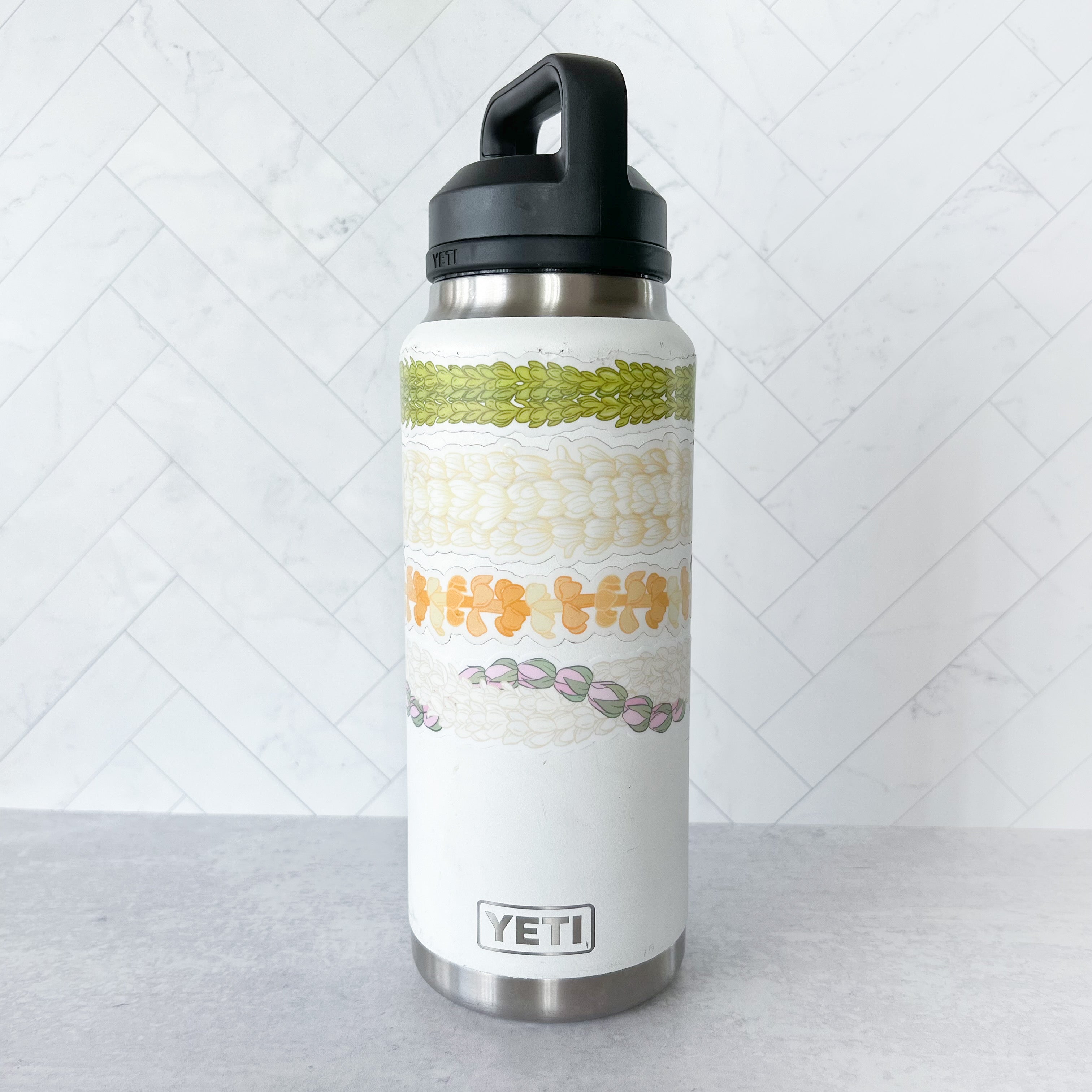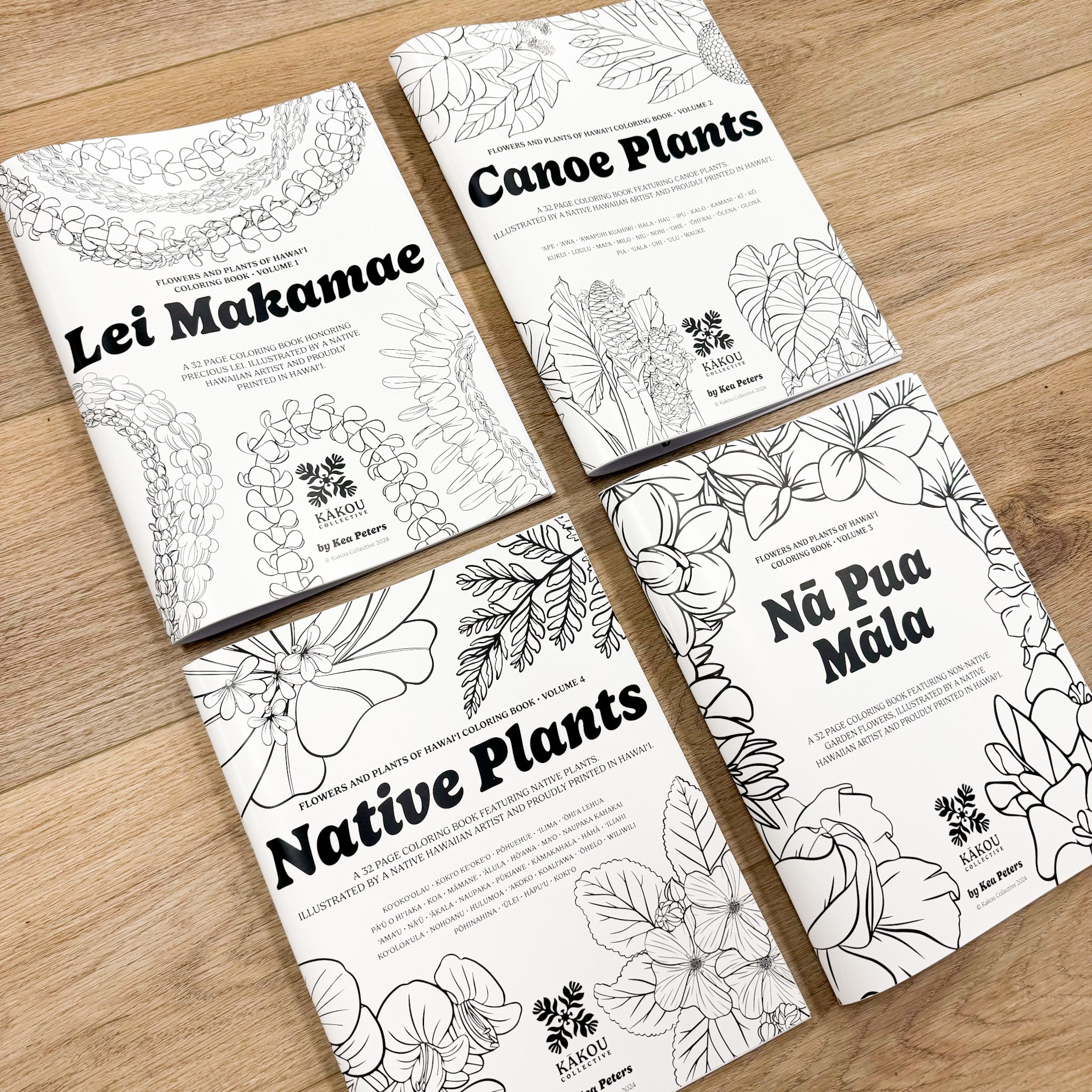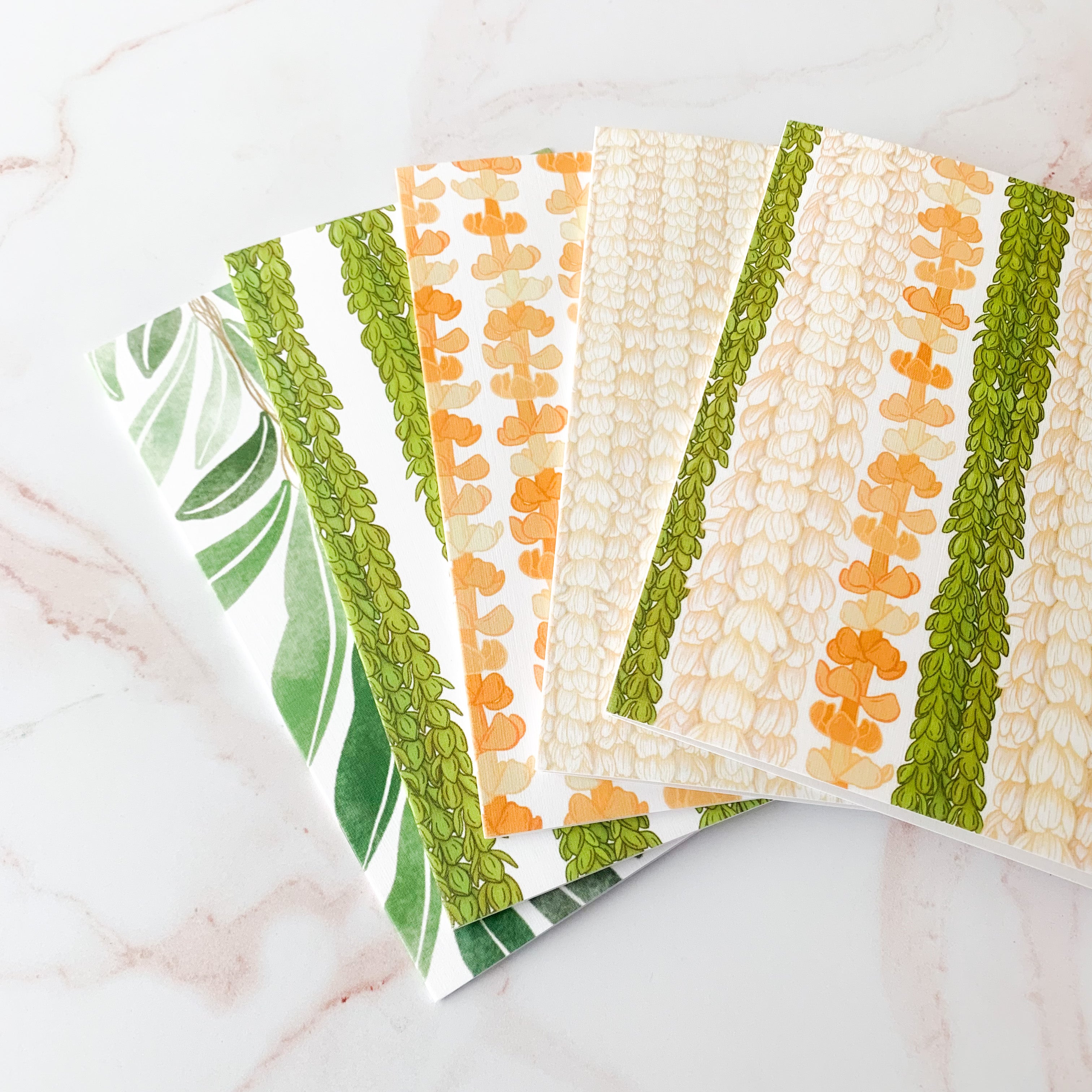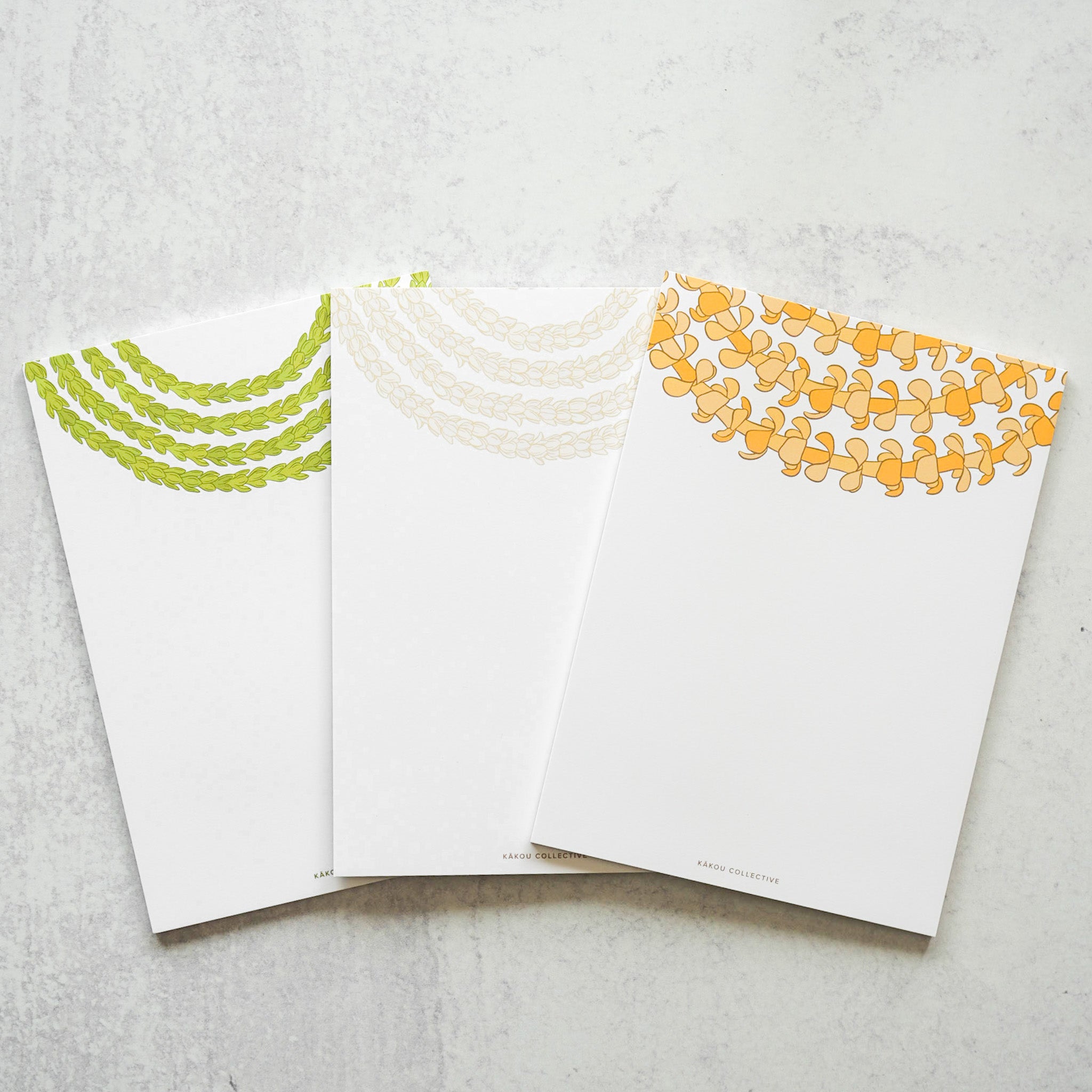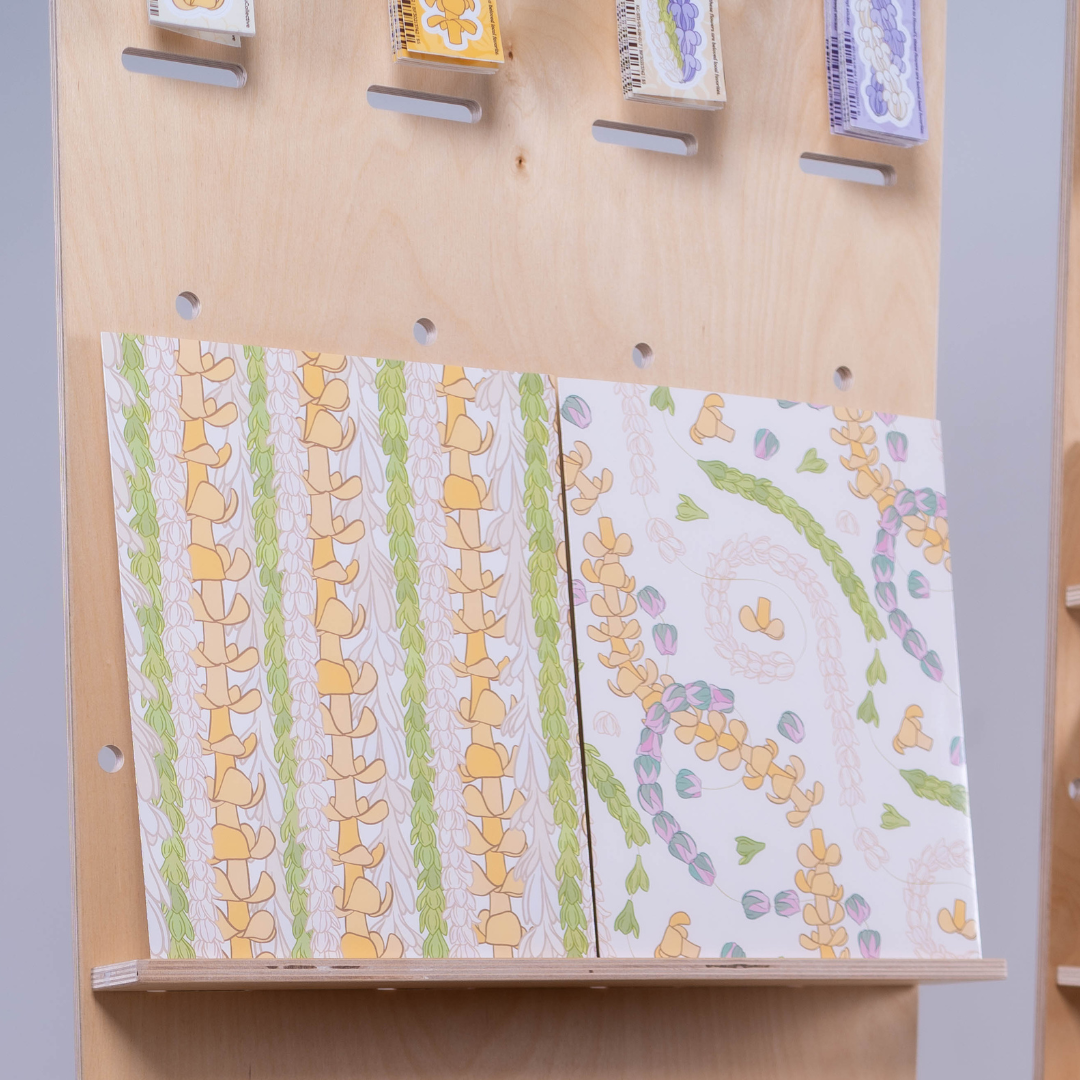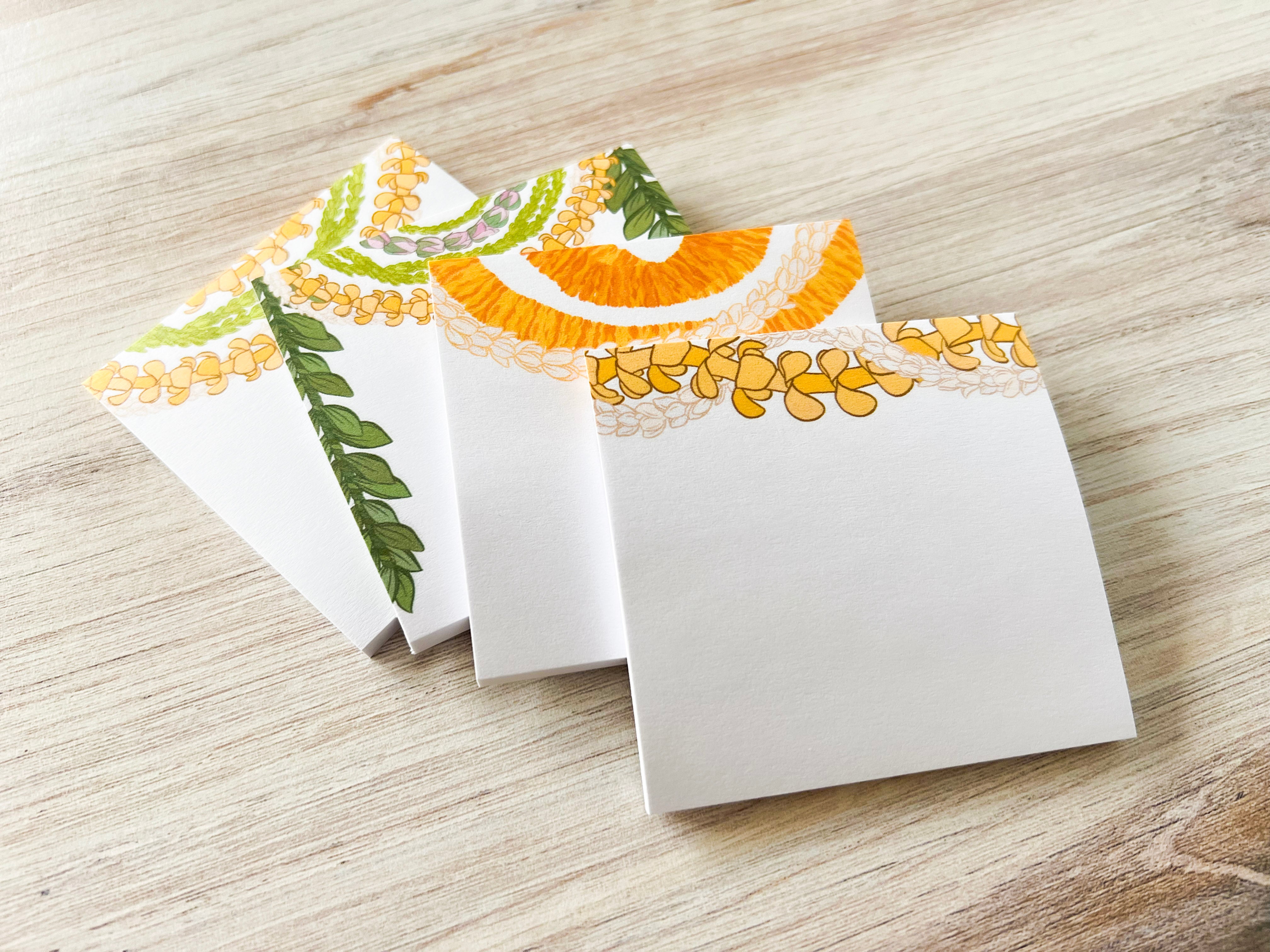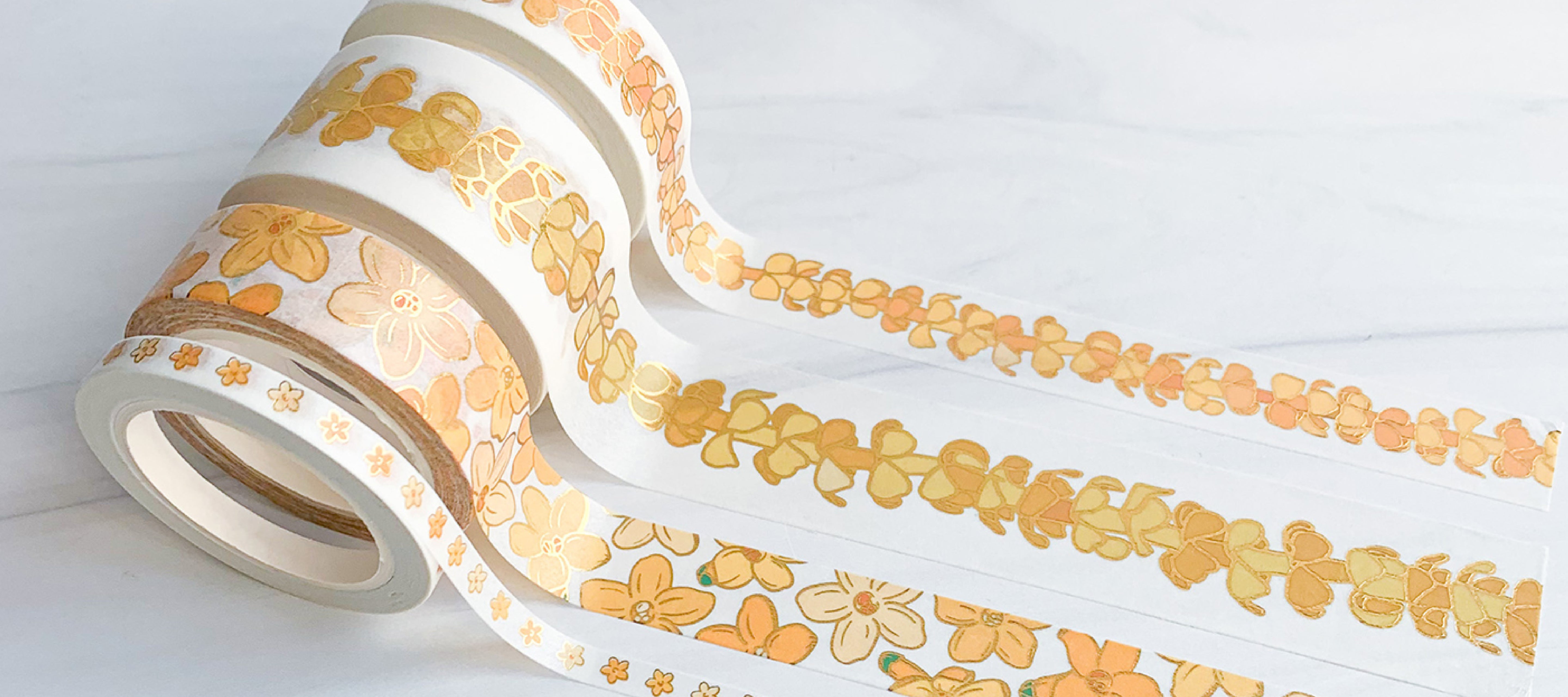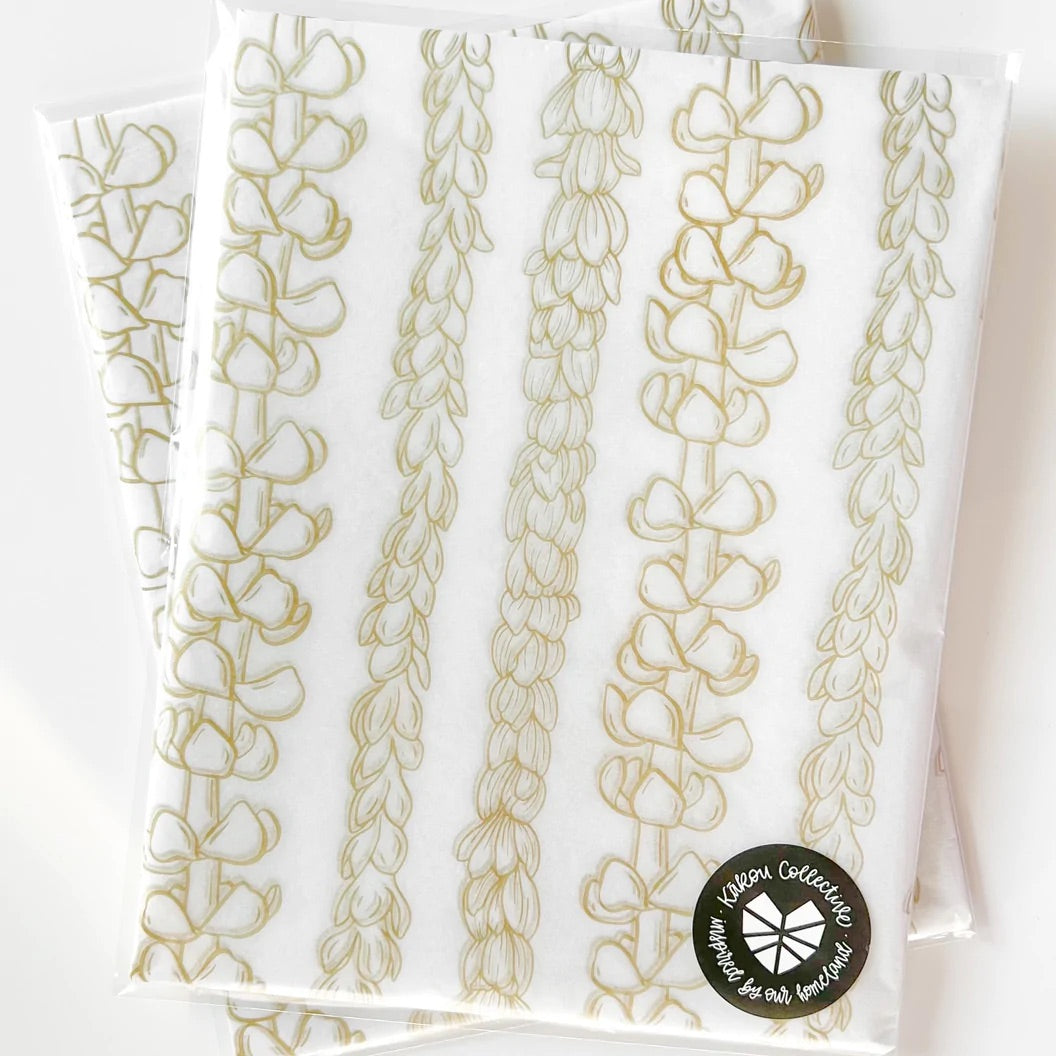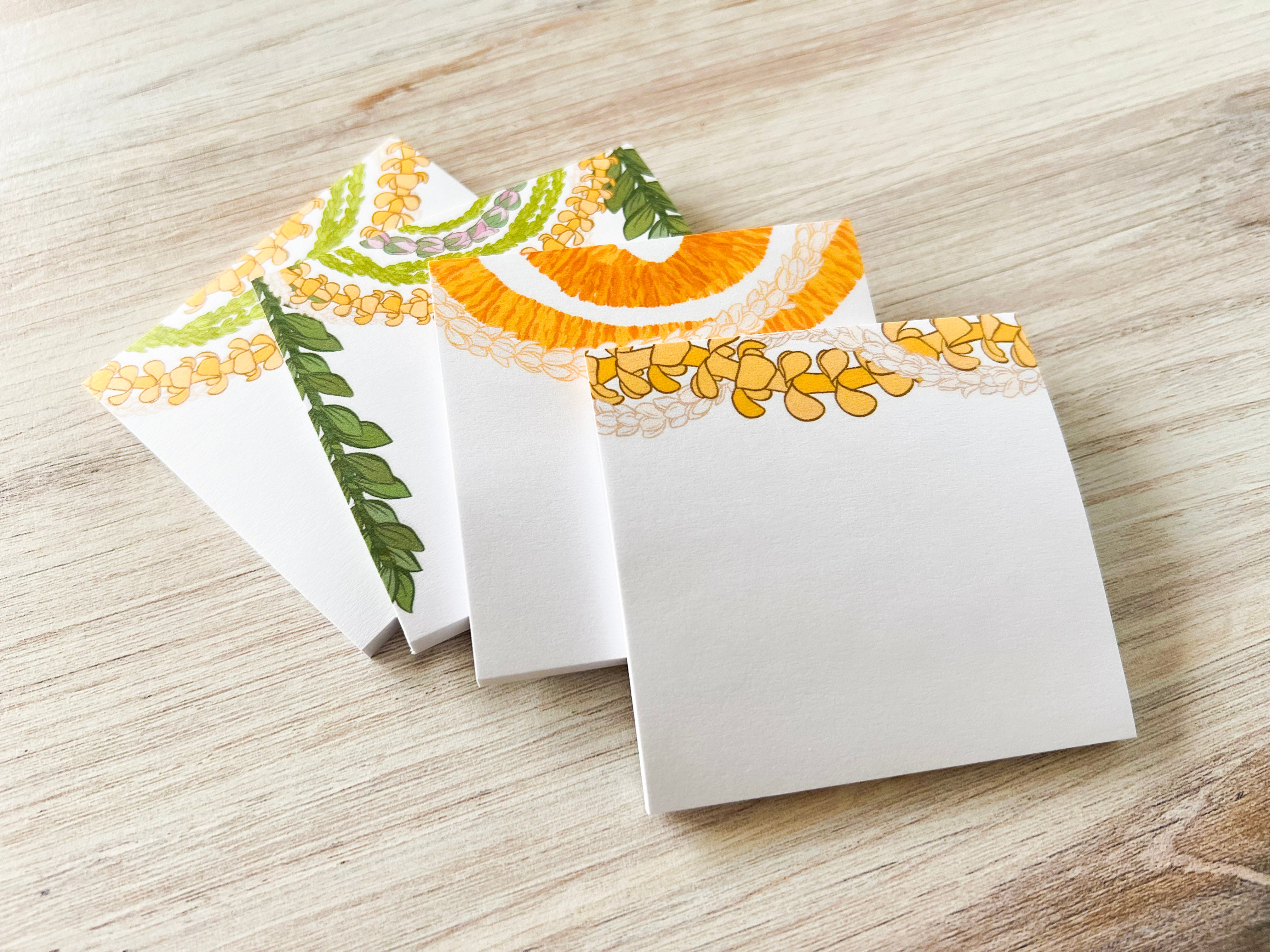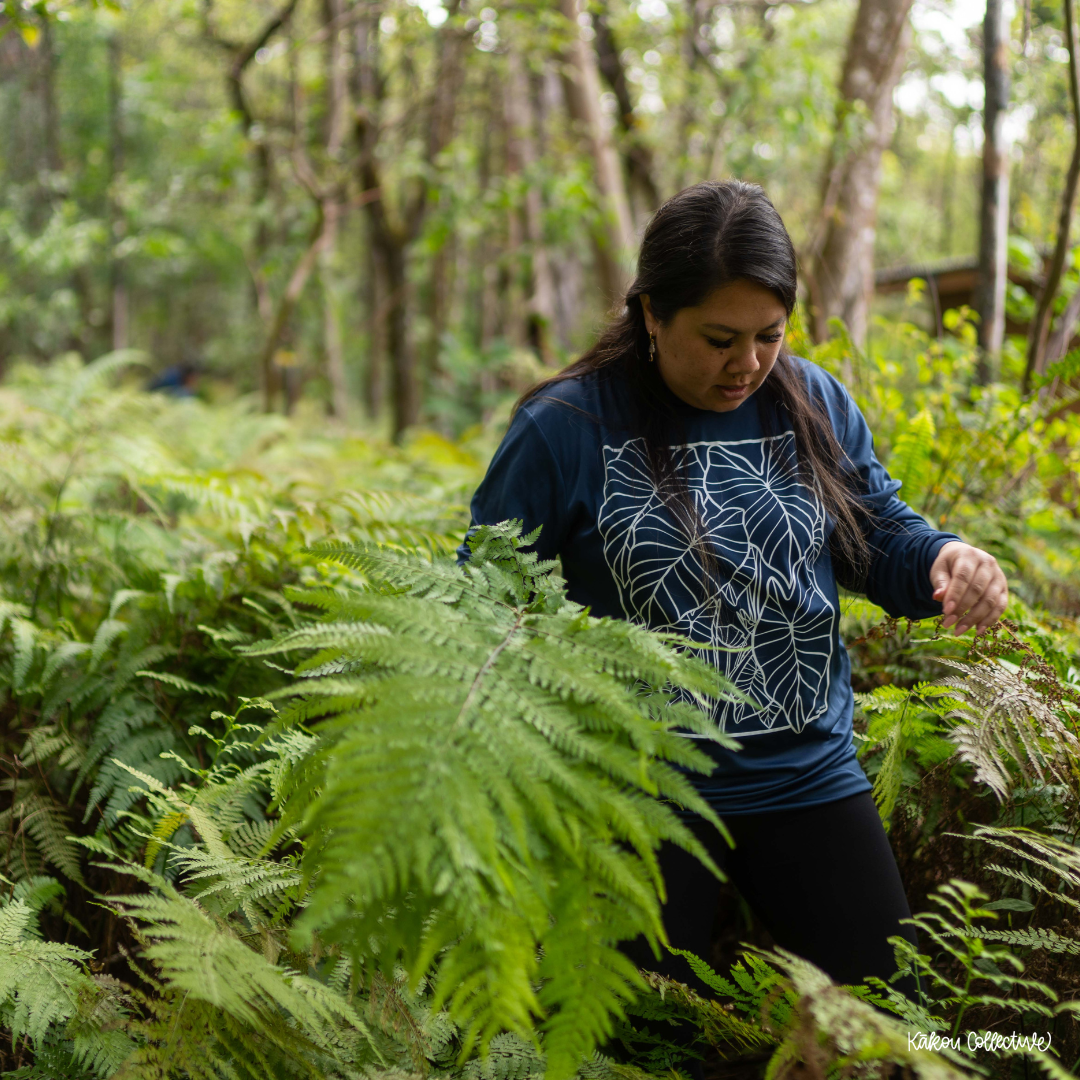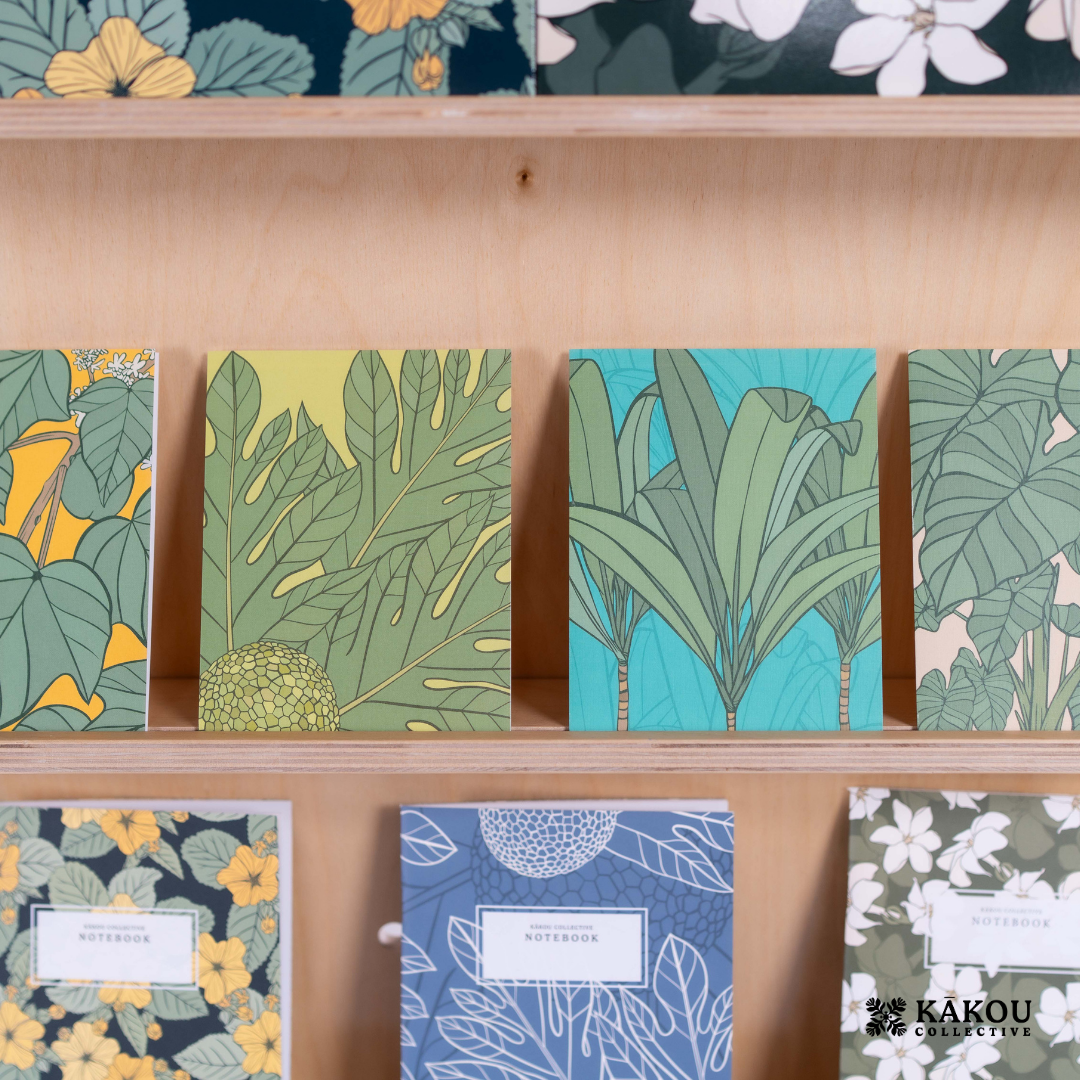ʻŪlei: Hawaiʻi’s Hardy Native Shrub with Enduring Uses
ʻŪlei (Osteomeles anthyllidifolia) is a resilient native Hawaiian shrub found in coastal areas and dry forests throughout the islands. Known for its small, white, slightly fragrant flowers and tough, spreading branches, ʻūlei has played an important role in both the environment and the daily lives of Native Hawaiians.
Historically, ʻūlei wood was highly valued for its exceptional strength and flexibility. It was used to make essential tools including spears (ihe), digging sticks (ʻōʻō), fishing net frames, and the hoops that supported traditional fish nets. The wood’s durability also made it suitable for constructing parts of canoe outriggers, where dependable, hard wood was critical.
Beyond its practical uses, ʻūlei was also occasionally utilized in lei making, particularly in the wili style (where flowers and materials are wrapped) as well as the kui method (piercing flowers with a needle). Its small, white flowers, sometimes noted for their faint fragrance, were incorporated into lei for their subtle, natural beauty. Today, ʻūlei continues to be valued by cultural practitioners, conservationists, and native plant enthusiasts, reflecting the environmental knowledge and resourcefulness of our kūpuna (ancestors).
In the ecosystem, ʻūlei supports native insects and birds while helping to stabilize soil in vulnerable dryland regions. Protecting and replanting ʻūlei is an important part of restoring native landscapes, helping to preserve both biodiversity and cultural heritage.
By learning about and caring for plants like ʻūlei, we carry forward the traditions, practices, and ʻike (knowledge) of those who came before us, strengthening the connection between people and place in Hawaiʻi.


